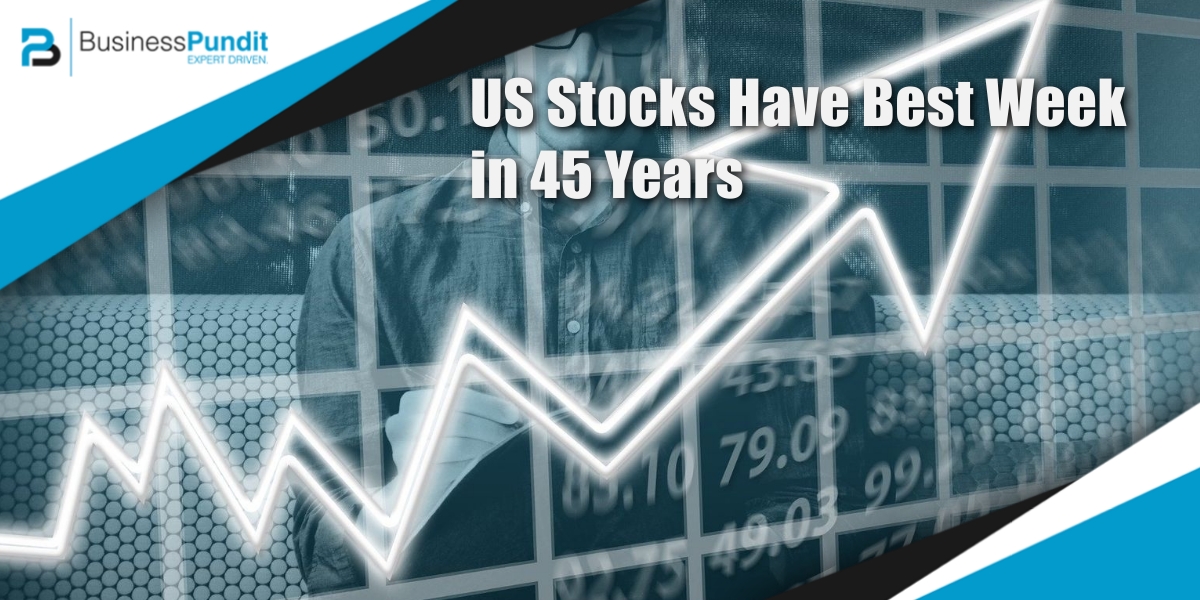
Although more than 16 million people are out of work in the US due to the coronavirus pandemic, the stock markets have made history yet again, in a good way.
Unemployment claims continue to rise week after week with more than 10% of workers in the country laid off, furloughed or terminated. State unemployment systems were never prepared for this level of job losses and are struggling to keep up with the demand. Many people who need to file for unemployment benefits have been unable to do so because of the overload.
There may be many more unemployment benefit claims left to be filed.
While many Americans are looking for their CARES Act stimulus check and waiting for unemployment benefits, investors decided it’s go time. The Dow and S&P 500 are up over 12 percent for the week and Nasdaq gained almost 11 percent. The S&P 500 logged its strongest weekly gain in 45 years.
Fed Chairman Jerome Powell spoke on a podcast this week, saying the strong US economy will be even stronger after the coronavirus pandemic is over. Powell, as well as many other financial analysts, are certain that these astronomical unemployment numbers are only temporary. Soon, we hope, most Americans will be able to return to their jobs.
In other words, while the COVID-19 pandemic has wrecked everything, it’s all temporary and the economy is strong enough to recover quickly.
Historically, the stock market tends to do better when unemployment numbers spike. According to investor Ned Davis, a jobless rate that exceeds 6 percent correlates with stock market gains of 13.7 per year. Huh?
“It defies logic. My explanation would be that this news is widely followed, and the market tends to look ahead. So it is probably priced in.” Ned Davis
Some investors and financial strategists still believe the worst of the markets are yet to come. Nobody can say for certain that rock bottom has been hit.
With the Fed providing a safety net of support for investment-grade bonds and limited support for sub-investment grade debt, investors may feel more secure and cause stock prices to continue to climb.